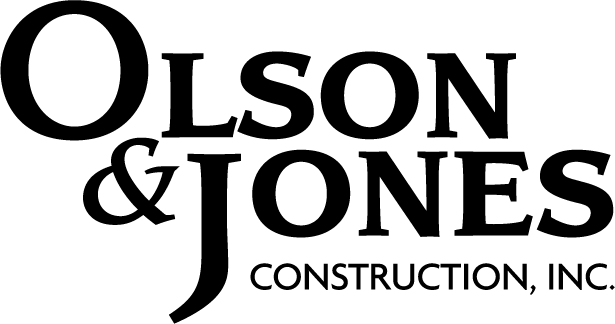Spring and Summer Grilling Safety Tips
One of the greatest joys about spring and summer in the Pacific Northwest is the advent of outdoor dining! Whether you eat meat, PNW seafood, or veggies from a backyard garden, there’s nothing like inviting friends and family over for a barbecue. Check out this OJ blog to make sure you’re taking all the steps to keep your guests, your property, and your food safe this season. The only thing you’ll have left to do is decide whether you’re drinking local IPA, white wine, or kombucha with your meal!
Summer Grilling Safety Tips
1. Deep Clean the Grill
This is especially important if you’ve gone some cold rainy months without using the grill. Built up food waste and grease is not only unsanitary but also can act as ignition fuel and become a fire hazard. Before you get going again for the season, do yourself and your guests a favor by spending extra time cleaning the grill.
2. Check for Leaks
It’s crucial to check for leaks in the gas line of your barbecue before you get grilling for the season. Each grill’s instructions should come with specific directions on performing a gas leak check. Do this to avoid fire danger, keeping your guests and your property safe.
3. Find a Fire Extinguisher
You should always have a fire extinguisher on your property just in case- and it’s even more crucial when you’re starting the grilling season.
4. Keep Safe Distance from the Home
Not only do you need to be in an uncovered, completely outdoor location to be your safest when you grill, but according to First Alert (https://www.firstalert.ca/community/safety-corner/grilling-safety-tips/), ten feet is a good minimum distance from the home to avoid a fire hazard.
5. Separate Meat and Other Food
When shopping for your food, make sure you get any raw meat, seafood, or poultry last on your way out the store. Bag these items separately from other grocery items. This sets the tone for food safety before you even leave the store.
6. Thaw In the Fridge, not on the Counter
To make sure all your guests are consuming the safest food possible, take extra time to thaw items in the refrigerator. Leaving raw items out on the counter increases the risk of harmful germ contamination.
7. Get a Food Thermometer
You will get your most accurate measurements of temperature by using a meat thermometer instead of going by color or other visual indicators. According to CDC (https://www.cdc.gov/foodsafety/communication/bbq-iq.html) the appropriate temperatures for different foods are as follows:
When Grilling
145°F—whole cuts of beef, pork, lamb, and veal (then allow the meat to rest for 3 minutes before carving or eating)
145°F—fish
160°F—hamburgers and other ground beef
165°F—all poultry and pre-cooked meats, like hot dogs

